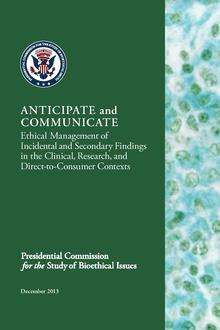Incidental medical findings
Incidental medical findings are previously undiagnosed medical or psychiatric conditions that are discovered unintentionally and during evaluation for a medical or psychiatric condition. Such findings may occur in a variety of settings, including routine medical care, during biomedical research,[1] during post-mortem autopsy,[2] or during genetic testing.[3]

Medical imaging
An
As 37% of patients receiving whole-body CT scan may have abnormal findings that need further evaluation and with the increase of "whole-body CT scanning" as part of health screening programs, the chance of finding incidentalomas is expected to increase.[5]
Neuroimaging
Incidental findings in neuroimaging are common, with the prevalence of neoplastic incidental brain findings increasing with age. [6] Even in healthy subjects acting as controls in research incidental findings are not rare.[7] As most neuroimaging studies are performed in adults, less is known about the prevalence incidental findings in children.[8] A study in 2017 in nearly 4000 children between 8 and 12 reported that approximately 1 in 200 children showed asymptomatic incidental findings that required clinical follow-up.[9]
Pituitary adenomas are
Genetic testing
Unintentional genetic findings (aka "incidentalomes"[12]) are more commonly encountered with the advent of biomedical technologies capable of quickly and reliably performing genomic analysis, such as whole-genome sequencing. As with medical imaging, the capacity to measure biologic information in the form of genetic variation may exceed the scientific understanding of what the findings mean.
In 2013, the American College of Medical Genetics and Genomic Working Group on Incidental Findings published preliminary guidelines for clinical laboratories that perform clinical exome and genome sequencing. They outlined a list of "medically actionable" pathogenic gene mutations, mostly monogenetic or single-gene disorders, which were significantly associated with important medical diagnoses and which should be reported to the patient "regardless of the proband’s phenotype or age".[13]
References
- PMID 18547206.
- PMID 20031159.
- PMID 18547196.
- ^ Couzin-Frankel, Jennifer (2013). "President's Bioethics Panel Weighs in on How U.S. Should Handle Incidental Findings". news.sciencemag.org. Retrieved 13 December 2013.
- PMID 16170016.
- PMID 19687093.
- PMID 21224007.
- S2CID 1640089.
- PMID 29045203.
- S2CID 16595581.
- ]
- S2CID 2063402.
- PMID 23788249.
